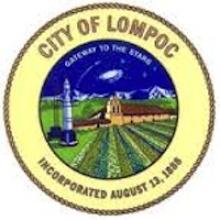Greenfield, MA, Humming With Hybrid Fiber-Wireless
Residents and businesses in the rural Massachusetts Town of Greenfield are in the process of gaining faster and more affordable Internet service thanks a new municipally-owned hybrid fiber-wireless network. In November, more than 80% of voters passed a ballot referendum to authorize the city to create a nonprofit entity to construct and operate the network.
While scheduled completion is not until spring 2017, some customers will be able to start service during the network’s construction period starting in July. Thanks to the Greenlight pilot program, customers and network operators are already experiencing the new service. Upon completion of an engineering study to iron out the precise plans for the network, the city will start construction of the 80- to 100- mile fiber network. There will be as many as 1,000 wireless access points.
How Does it All Work?
Residents and businesses seeking the fastest available connection to the network will install an antenna on their property. Although prices for the antenna-based service have not yet been determined, the likely base charge for a symmetrical 25 Megabits per second (Mbps) connection will be $29.99 per month. The city expects to offer speeds as fast as 1 Gigabit per second (Gbps). The network will provide Internet, telephone service, and possibly video.
Customers seeking basic Internet access will be able to connect directly to the access points from their personal wireless devices for as little as $9.95 per month. A consultant for the project said that low income residents in the city may be able to get almost free access to this lowest tier plan after reimbursement through Lifeline, an FCC program that provides a subsidy to all low income Internet users.
The town is providing an upfront loan from the general fund of $5 million to pay for the network. Prices for access to the network may decrease as new customers sign up and revenues grow. Eventual profits from the network could also go back into the town’s general fund to spend down the initial loan.



